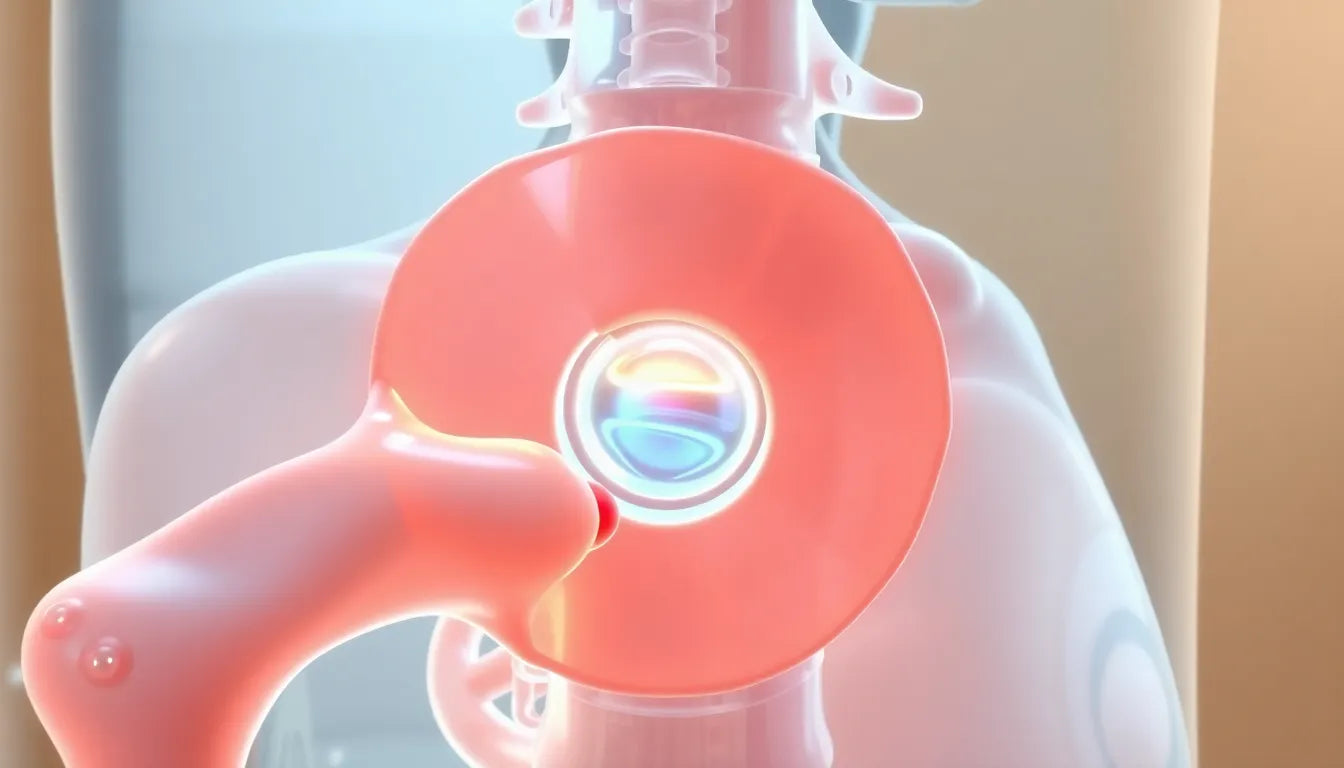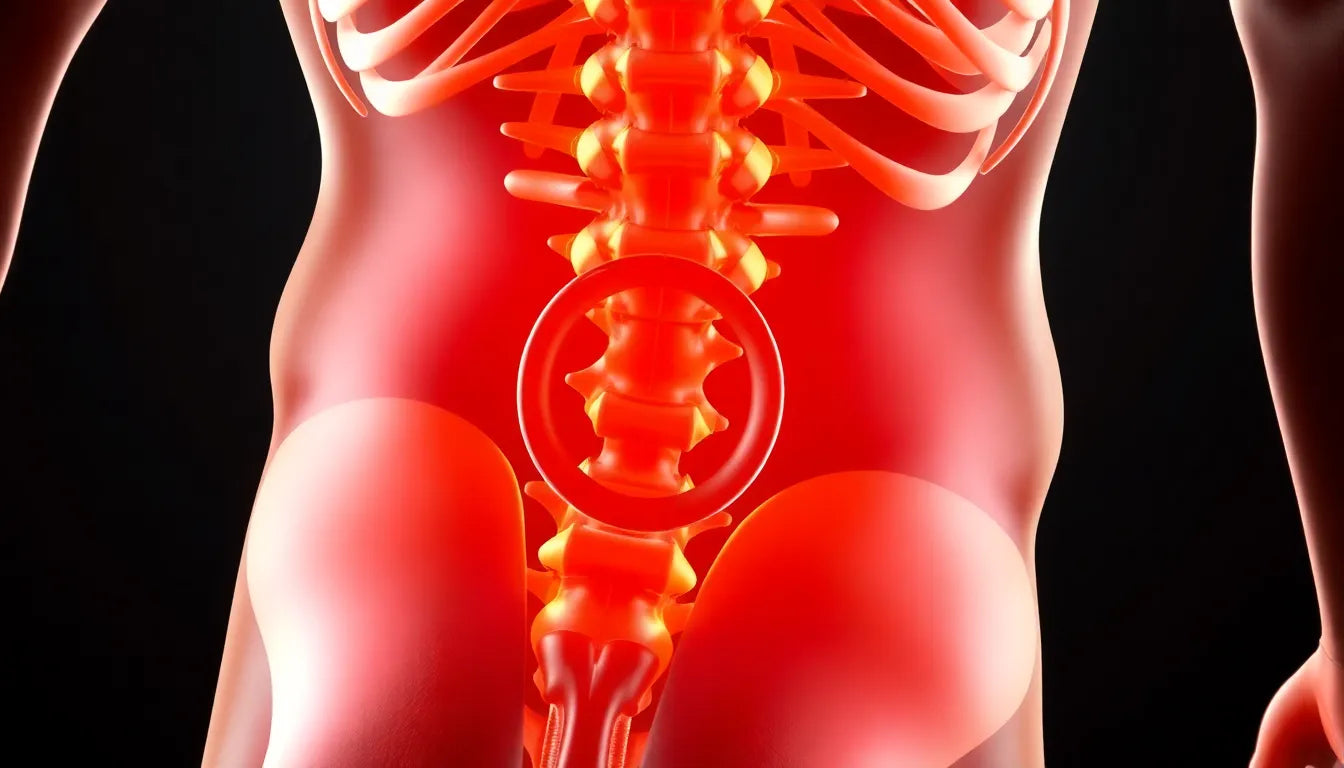Spinal health is a cornerstone of overall well-being, affecting everything from mobility to quality of life. The spine, a vital structure that supports our bodies, enables movement, and protects the spinal cord, can be susceptible to various issues. Among these, spondylosis is a common condition that many people encounter as they age. Understanding what spondylosis means is essential for recognizing its impact and addressing it effectively.
Defining spondylosis
Spondylosis is a term that refers to a range of degenerative conditions affecting the spine. Often associated with aging, it encompasses the wear-and-tear changes that occur in the spinal discs, joints, and bones. This condition is frequently linked to osteoarthritis of the spine, where the cartilage that cushions the joints wears down over time, leading to pain and stiffness.
As we age, the cumulative effects of daily activities and stress on the spine can lead to these degenerative changes. While spondylosis is a natural part of the aging process, its symptoms and severity can vary widely among individuals. Some may experience mild discomfort, while others might face significant pain and mobility issues.
Purpose of the article
This article aims to provide a comprehensive understanding of spondylosis, helping readers identify its symptoms and explore potential treatment options. By gaining insights into this condition, individuals can better manage their spinal health and make informed decisions about their care. Whether you're experiencing symptoms yourself or seeking knowledge to support a loved one, this guide will equip you with the necessary information to navigate the challenges of spondylosis.
Understanding spondylosis: definition and overview
Spondylosis is a broad term used to describe the natural degeneration of the spine, often resulting in discomfort or pain. This condition is primarily associated with osteoarthritis of the spine, where the cartilage that cushions the spinal joints deteriorates over time. As this cartilage wears away, bones may rub against each other, causing pain and stiffness. While aging is the most significant factor, it's important to note that spondylosis can also be influenced by lifestyle choices, genetic predisposition, and certain occupational hazards.
Causes and risk factors of spondylosis
The primary cause of spondylosis is the natural aging process, which leads to wear-and-tear on the spinal discs and joints. However, several other factors can increase the risk of developing this condition:
- Genetics: A family history of spinal issues can predispose individuals to spondylosis.
- Lifestyle: Sedentary lifestyles or activities that put excessive strain on the spine can accelerate degeneration.
- Occupational hazards: Jobs that require repetitive movements or heavy lifting can contribute to spinal wear-and-tear.
- Previous injuries: Past spinal injuries can increase the likelihood of developing spondylosis.
Types of spinal degeneration
Spondylosis can affect different regions of the spine, each presenting unique challenges and symptoms:
- Cervical spondylosis: This type affects the neck region and can lead to symptoms such as neck pain, stiffness, and headaches.
- Thoracic spondylosis: Involving the mid-back, this type is less common but can cause pain and discomfort in the upper back.
- Lumbar spondylosis: Pertaining to the lower back, this is the most common form, often resulting in lower back pain and limited mobility.
Symptoms of spondylosis
The symptoms of spondylosis can vary depending on the region of the spine affected. Common symptoms include:
- Pain and stiffness: Persistent pain and stiffness in the affected area, which may worsen with movement.
- Abnormal sensations: Tingling, numbness, or a pins-and-needles sensation in the extremities, particularly if nerve roots are compressed.
- Loss of function or mobility: Difficulty in performing everyday activities due to reduced spinal flexibility and strength.
To better understand how symptoms vary by spinal region, consider the following table:
| Spinal Region | Common Symptoms |
|---|---|
| Cervical | Neck pain, stiffness, headaches, numbness in arms |
| Thoracic | Upper back pain, limited mobility |
| Lumbar | Lower back pain, leg pain, difficulty standing or walking |
Recognizing these symptoms early can be crucial for effective management and treatment of spondylosis. In the next section, we will explore the methods for diagnosing this condition and the various treatment options available to manage its symptoms and improve quality of life.
Diagnosis and treatment options for spondylosis
Diagnosing spondylosis typically involves a combination of physical examinations and imaging tests. During a physical exam, a healthcare provider will assess range of motion, reflexes, and any areas of tenderness or pain. Imaging tests such as X-rays, MRI, or CT scans can provide a detailed view of the spine, helping to identify degenerative changes and rule out other conditions.
Treatment for spondylosis focuses on managing symptoms and improving quality of life. Non-surgical options are often the first line of treatment and may include physical therapy to strengthen muscles and improve flexibility, medications like NSAIDs to reduce pain and inflammation, and lifestyle changes such as weight management and ergonomic adjustments to daily activities. In cases where conservative treatments do not provide relief, surgical options may be considered. Surgery is generally reserved for severe cases where there is significant nerve compression or spinal instability.
Prevention and management of spondylosis
Preventing spondylosis involves maintaining a healthy lifestyle and being proactive about spinal health. Regular exercise, particularly activities that enhance core strength and flexibility, can reduce the risk of spinal degeneration. Maintaining a healthy weight is also crucial, as excess weight can place additional stress on the spine. Ergonomic adjustments at work and home, such as using supportive chairs and proper lifting techniques, can help prevent unnecessary strain on the spine. Early detection and regular check-ups with a healthcare provider can catch signs of spondylosis early, allowing for timely intervention and management.
Frequently asked questions
What is the difference between spondylosis and spondylitis?
Spondylosis refers to degenerative changes in the spine, often related to aging and wear-and-tear, whereas spondylitis is an inflammatory condition that affects the spine. Spondylitis can lead to pain and stiffness due to inflammation, while spondylosis is typically associated with osteoarthritis and mechanical wear.
Can spondylosis lead to other complications?
If left untreated, spondylosis can lead to complications such as chronic pain, reduced mobility, and in severe cases, nerve compression that can cause neurological symptoms. Early management and treatment are essential to prevent these complications.
Is spondylosis reversible?
While the degenerative changes of spondylosis cannot be reversed, symptoms can often be managed effectively with appropriate treatment. Lifestyle modifications, physical therapy, and medication can help alleviate symptoms and improve quality of life.
How is spondylosis different from a herniated disc?
Spondylosis involves the degeneration of spinal components such as discs and joints, while a herniated disc occurs when the inner material of a spinal disc protrudes through its outer layer. Both conditions can cause pain and neurological symptoms, but they have different underlying causes and treatment approaches.
What lifestyle changes can help manage spondylosis?
Managing spondylosis can be supported by lifestyle changes such as engaging in regular low-impact exercise, maintaining a healthy diet to support bone health, practicing good posture, and avoiding activities that strain the spine. These changes can help manage symptoms and slow the progression of spinal degeneration.


















